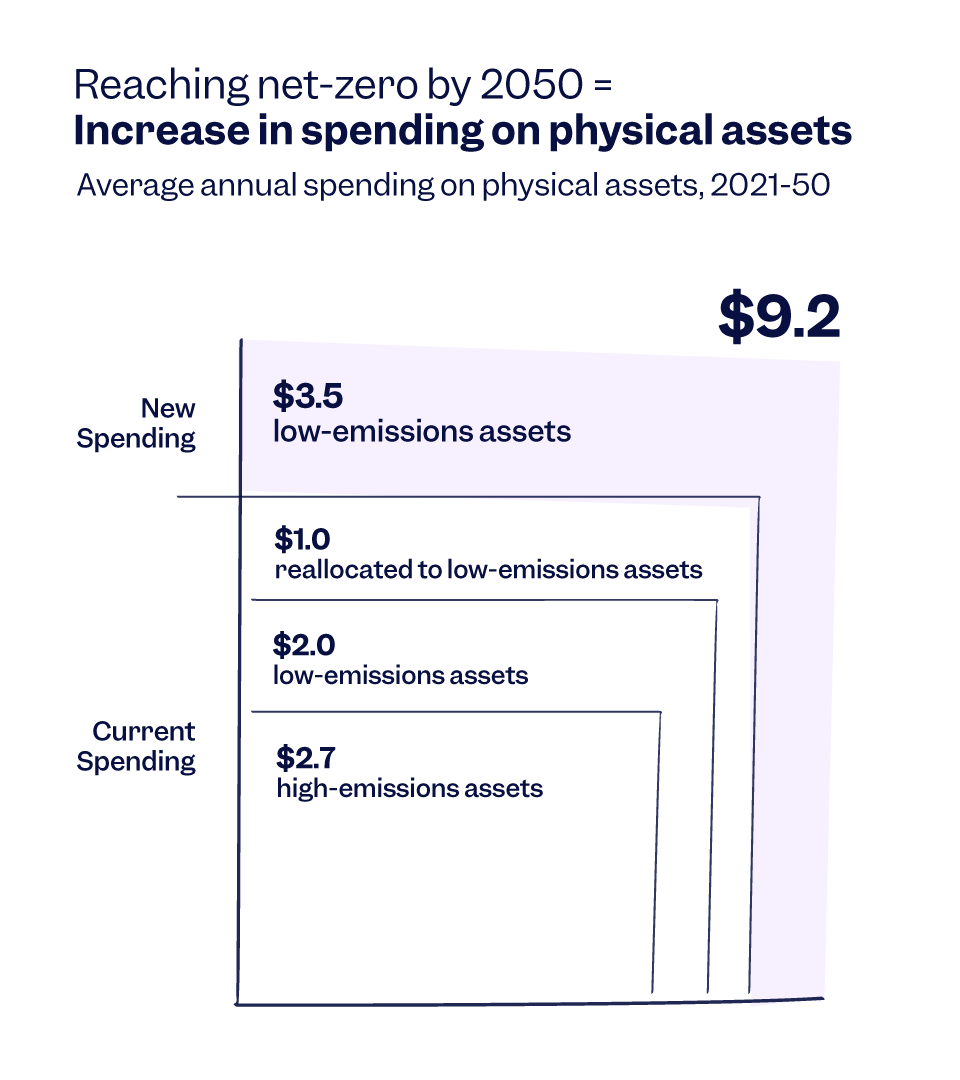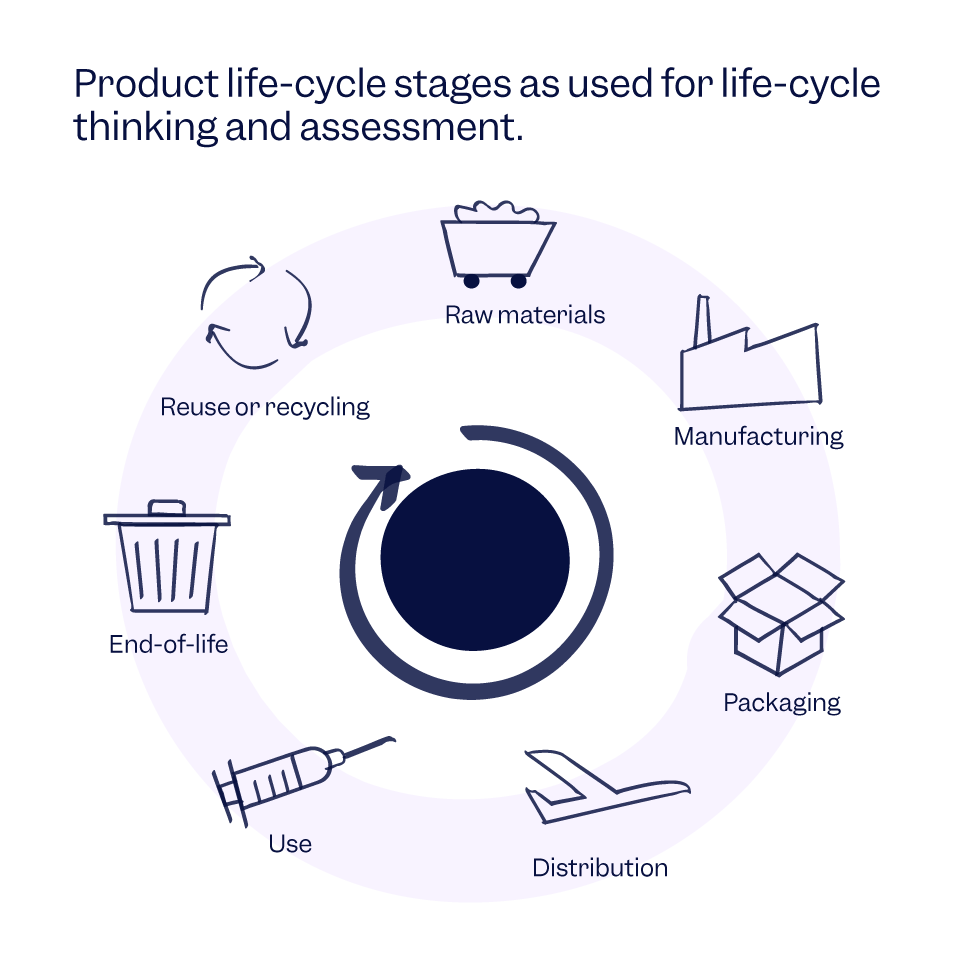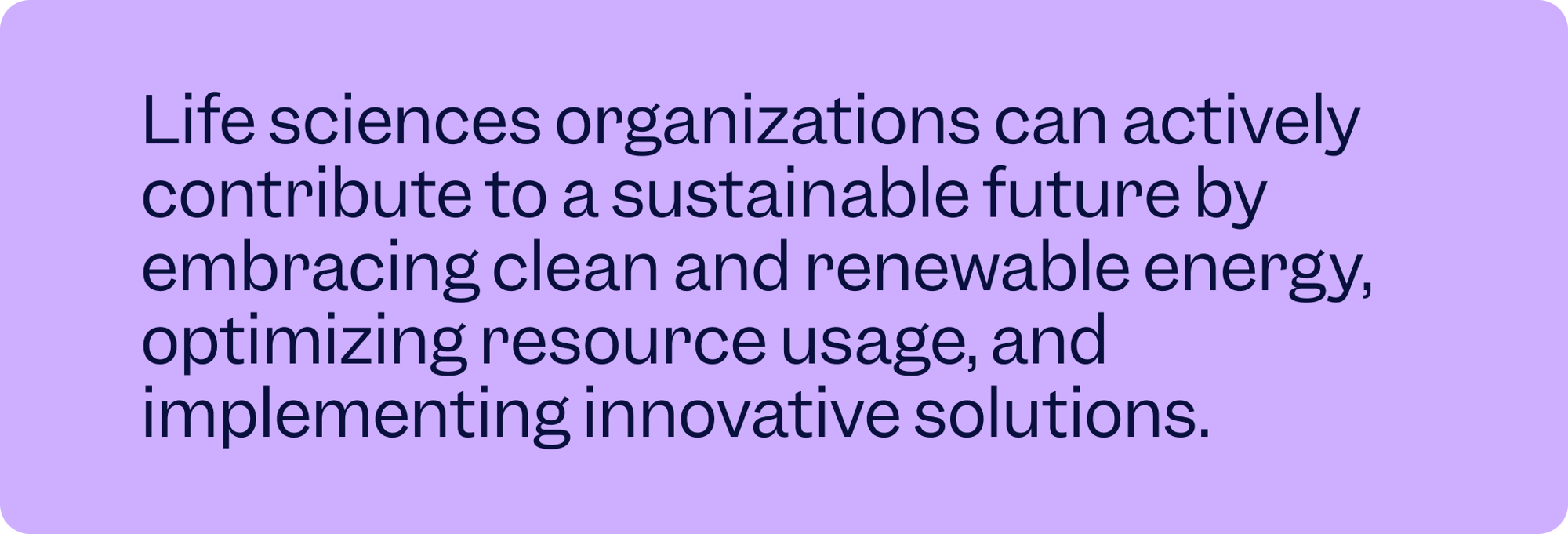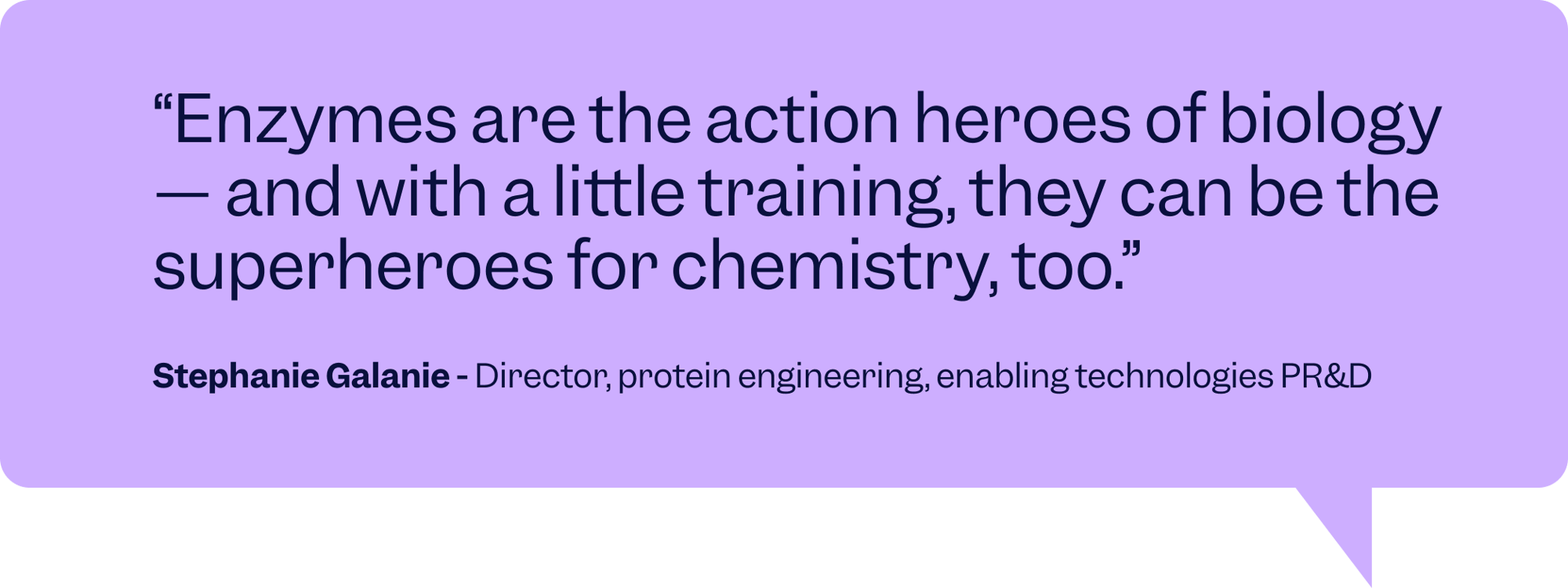EMEA Office
Louizalaan 489
1050 Brussels
Belgium

In the life sciences, pharmaceutical and medical device industries, and their stakeholders, such as healthcare suppliers, provide life saving therapies, medicines, diagnostics, and devices to society.
Aside from safety and quality, companies need to consider their impact on the environment and society as a whole. Unused and expired medicines, industrial pollutants, and supply chain pollution create a substantial carbon footprint.
According to a global study, healthcare systems account for over 4% of global CO2 emissions, with approximately 71% of those emissions stemming from the supply chain, including production and transport of pharmaceuticals and medical devices.
In terms of greenhouse gas emissions, healthcare companies emit as much as 514 coal-fired power plants per year. A significant portion of this contribution comes from energy consumption, transport, product manufacture, use, and disposal.
A significant impact of environmental factors on health can be mitigated by decarbonization. This is why, as part of the 2015 United Nations Climate Change Conference (COP21), held in Paris, the world agreed to limit global warming to 1.5°C by 2050.


Science tells us that emissions must be cut by half by 2030 in order to remain on track. To succeed, governments must implement ambitious policies and invest in clean technologies. Every country must take responsibility for its actions and work together to reduce global emissions.
Recently, the 2023 United Nations Climate Change Conference (COP28), that was held from November 30 to December 12, 2023, at Expo City, Dubai, United Arab Emirates, endorsed 130 national governments altogether discussing how to achieve a global low-carbon growth, in line with the Sustainable Development Goals (SDGs).
COP28 was an opportunity to accelerate the climate agenda in order to achieve significant environmental, social, and economic benefits while combating global warming. The conference closed with an agreement signaling the "beginning of the end" of the fossil fuel era by laying the ground for a swift transition.
While the life sciences industry encounters various challenges, it's essential to note that each issue comes with its own set of solutions. For instance, waste growth and water pollution can be reduced by adopting new ways of chemical synthesis. On the other hand, the sustainable use of materials in medtech can enable a more circular future for healthcare plastics, offering solutions for hard-to-recycle materials.

The companies that respond quickly and proactively to the sustainability agenda and have environmental responsibility in their operations will gain a competitive edge over businesses that do not integrate sustainability into their business strategies. The following areas offer opportunities for improvement:

Embracing operational and technological advancements is pivotal for curbing emissions across manufacturers, suppliers, distributors, healthcare providers, and beyond. In this way, organizations can contribute to a greener future, aligning with global sustainability goals.
A green chemistry approach, substituting hazardous reagents by less toxic ones, reduces waste management costs and wastewater treatment costs. The use of catalytic processes also minimizes the use of hazardous reagents and enhances reaction efficiency.
Reusing hazardous reagents in new reactions reduces overall waste generation by recovering and purifying them after the reaction is completed. This practice not only helps organizations reduce their environmental impact but also enhances productivity.
Organizations can further enhance their environmental commitment by using renewable energy sources and incorporating formal green guidelines into their supply chain, distribution system, and drug development process.
Applying Sustainability by Design (SbD) principles on the whole product life cycle, permits studying a design space that identifies factors of the product or process that drive “built-in” sustainability. (Lovsin E., 2023).
Organizations that choose sustainable suppliers, dedicated to exploring alternatives to non-renewable resources, will play a vital role in minimizing environmental impact and fostering long-term ecological balance.
Science Based Targets, a nonprofit organization dedicated to noncompetitive, collaborative research, is one of the key players in sustainability initiatives.
The Science Based Targets initiative (SBTi) is a collaborative effort established in 2015 by the United Nations Global Compact, World Resources Institute (WRI), and the World Wide Fund for Nature (WWF). It helps companies establish how much emissions they need to reduce decarbonization to net-zero.
More than 4,000 companies worldwide have already set emissions reduction targets grounded in climate science through the SBTi, in line with the Net-Zero Standard. Companies like Almirall, AstraZeneca, Biogen, GSK, IQVIA, Pharma Mar, QIAGEN N.V, Optimum Patient Care Global, Red Glead Discovery AB, SANOFI, or Tecan Group Ltd., have already set net-zero targets not later than 2050.
For example, Almirall's total electricity consumption is 100% renewable. Through the installation of new photovoltaic plants, the expansion of existing ones, as well as new Power Purchase Agreements (PPAs), the company plans to sustain their renewable electricity supply until 2030.
Another example is Merck. They apply green chemistry techniques for synthesis to be sustainable in manufacturing. They were awarded for developing a biocatalytic process, which uses natural substances including enzymes to reduce hazardous waste and build molecular complexity.


Life sciences are facing a new wave of pressure and urgency to reimagine their work to optimize for business value and sustainable impact. As we look at the hurdles and possibilities, it's clear that the real question isn't whether to adopt sustainability but how to do it effectively. So what does it take to fulfill the ambition to net zero?
To achieve sustainability success, companies should proactively integrate climate considerations into their overarching strategies and decision-making frameworks. One key avenue is the creation of sustainable value chains which requires integrating sustainability principles into every operational phase. This transformation fosters the development of trusted, net-zero, and circular value chains. Another key enabler of sustainability is green technology. However, organizations must learn to navigate the challenge that comes with the increase of emissions from growing tech adoption.
Making the commitment to net-zero should be a strategic imperative that involves defining comprehensive decarbonization and offsetting plans, which should be regularly updated in response to changes in competitive, financial, and regulatory conditions. Reporting on ESG (Environmental, Social, and Governance) performance is no longer merely encouraged; it has become nearly mandatory for all stakeholders.
This reporting will enable organizations to continually think green as they develop initiatives and set goals. This green mindset should then translate into organizations developing ongoing capabilities for granular, holistic, and dynamic assessments of transition-related risks and opportunities.
Ultimately, as sustainability mandates become intrinsic to decision-making, companies can truly fortify their resilience, emerging as leaders in the transition toward a sustainable future.
Explore what lies at the forefront of innovation and quality in life sciences.
EMEA Office
Louizalaan 489
1050 Brussels
Belgium
US Office
Scilife Inc.
228 E 45th St. RM 9E
New York, NY 10017
PRODUCT
INDUSTRIES
RESOURCES
COMPANY
Contact Us
EMEA Office
Louizalaan 489
1050 Brussels
Belgium
US Office
Scilife Inc.
228 E 45th St. RM 9E
New York, NY 10017
Copyright 2025 Scilife N.V. All rights reserved.